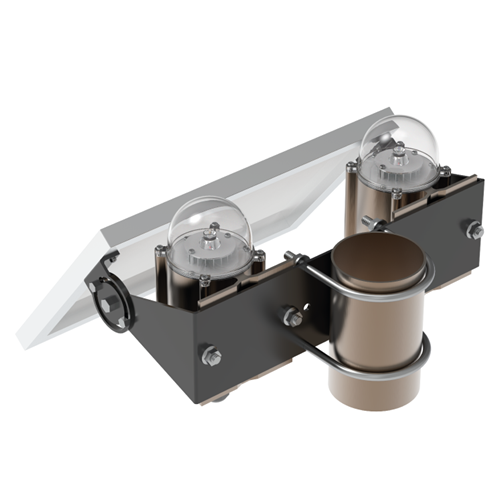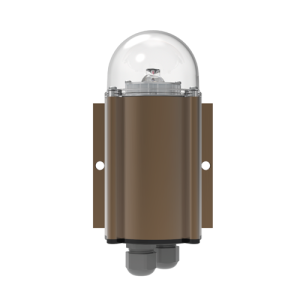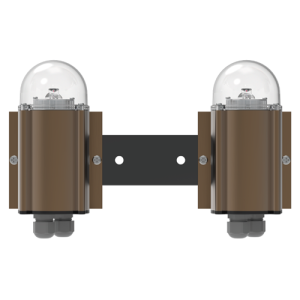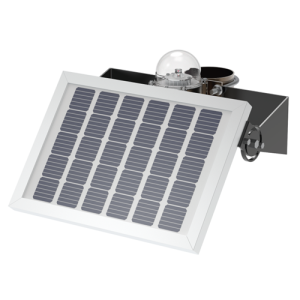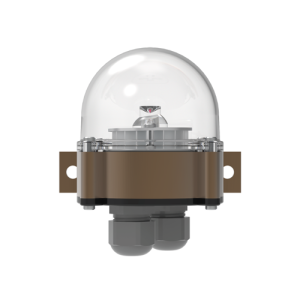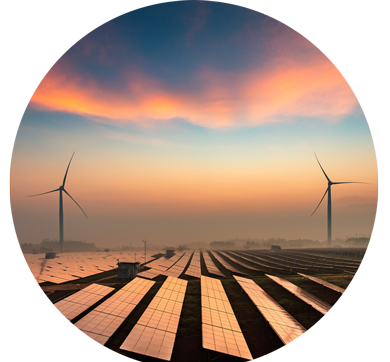Description
Low Intensity Aircraft Warning Lights Type A or Type B are used to mark structures lower than 45 meters in cases where the object occupies less area. According to ICAO Annex 14 standards, on fixed objects, Type A and B Low Intensity Aircraft Warning Lights will be constantly burning red lights at night. Low intensity aircraft warning lights should be placed with longitudinal intervals not exceeding 45 meters.
The direction of the solar panel is determined by the location of the place where the system will be installed. In countries located in the northern hemisphere, such as Türkiye, the solar panel is directed towards the south. In countries in the southern hemisphere, it is directed towards the north.
The solar panel tilt angle is calculated with the help of the latitude value. This angle is calculated by multiplying by 0.87 if the latitude value is less than 25. If the latitude value is between 25 and 50, it is multiplied by 0.87 and 3.1 degrees is added to the result. Since Türkiye is located between 36-42 degrees latitude, this calculation method should be used for all installations in our country. For latitude values of 50 degrees and above, the ideal angle can be taken as approximately 45 degrees.
Panel Tilt = Latitude x 0.87 + 3.1
The angle of inclination to be found with the help of calculation refers to the angle between the panel and the ground. In other words, zero degree panel inclination means completely horizontal positioning, and 90 degree panel inclination means full vertical positioning.
| Light Intensity | 10cd or 32cd |
| Color | Aviation Red |
| Battery | Lithium Ion Battery |
| Solar Panel | 12W |
| Horizontal Glow | 360° |
| Vertical Radiance | 10° |
| Protection Class | IP-66 |


